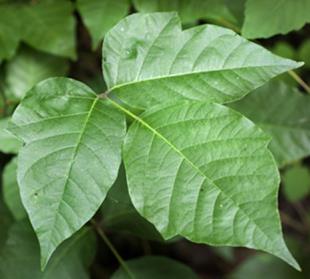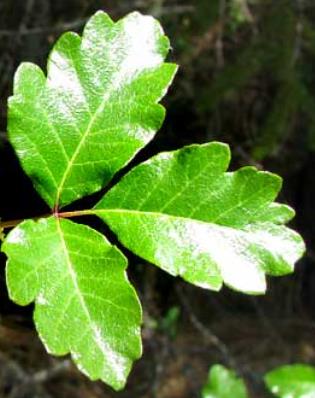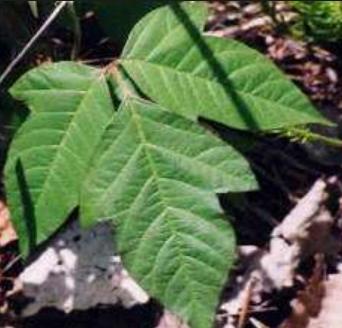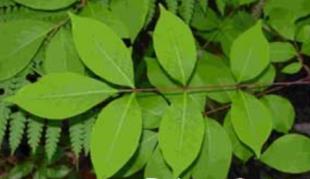Poison Ivy Oak and Sumac
Western Poison Ivy

When looking at a map of the United States, I see almost all of us have the potential to have at least two of the woody poisonous plants. The two most common, Poison Ivy and Poison Oak both have leaves in a cluster of 3. The leaves may be very waxy and glossy or dull and flat, making identification harder.
Both occur over a large part of the U. S. It can be found as a low growing shrub, a vine along the ground or a vine that climbs to the top of the tallest tree. Poison Ivy has woody rhizomes which can make it hard to control, it also spreads by seeds.
Eastern Poison Ivy

Western Poison Oak also known as Pacific Poison Oak, occurs as a woody shrub or a vine that loses it’s leaves in the winter. Birds generally help in the spread, by eating the fruit and depositing in a new location, where over time a single plant may spread over a larger area.
Pacific Poison Oak

Eastern Poison Oak also known as Atlantic Poison Oak, is generally found as a short shrub up to 4 foot. It is found in sandy or drier locations such as open woodlands and pine areas, more common along the forest edge.
Atlantic Poison Oak

Finally Poison Sumac, grows in very wet or flooded soils such as; swamps, bogs, wetlands and the shore of lakes and streams. It grows as a shrub up to 6 to 15 foot tall. May be the MOST poisonous of them all.
Poison Sumac

Control
The first type of control is hand pulling, grubbing or hoeing. This may be effective but you must get all portions of the underground rootstock. Don’t forget to wear gloves and protective clothes and don’t rub your eyes!
First you can prune the plants back and apply Brush Killer Stump Killer or Cut Vine & Stump Killer, undiluted to the stumps within 45 minutes. This is the only way to treat plants vining on other, desirable plants. Triclopyr 4 is also available in ½ gallon, gallon and 2½ gallon as well.
For selective control in turf, or around desirable plants you can spray the Brush & Stump or Triclopyr 4. In turf only, the Triclopyr + D is a little more effective with the addition of 2,4-D, available in the same sizes as above.
For non-selective control, spray with KillZall, which has 2 surfactants and will stick better than most other chemicals. For a beefed up version and in wet locations, use KillZall Aquatic. With this chemical and the others, add Spreader Sticker to the mix
to help it adhere and penetrate those waxy leaves.




